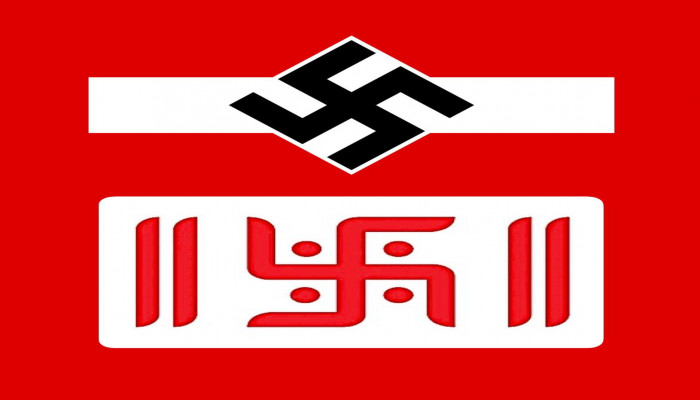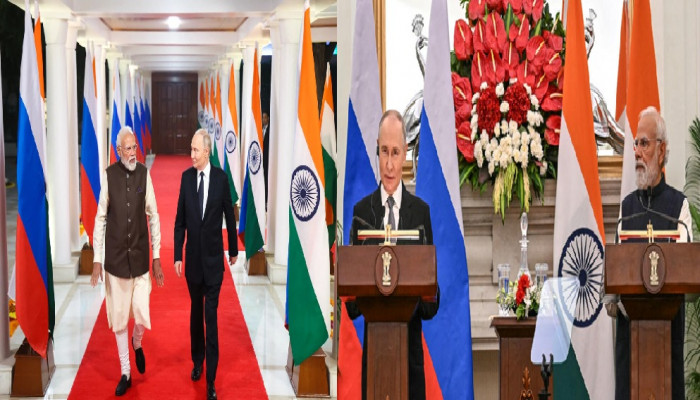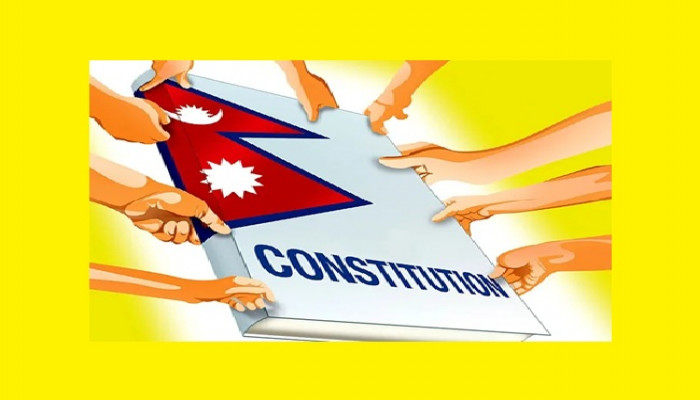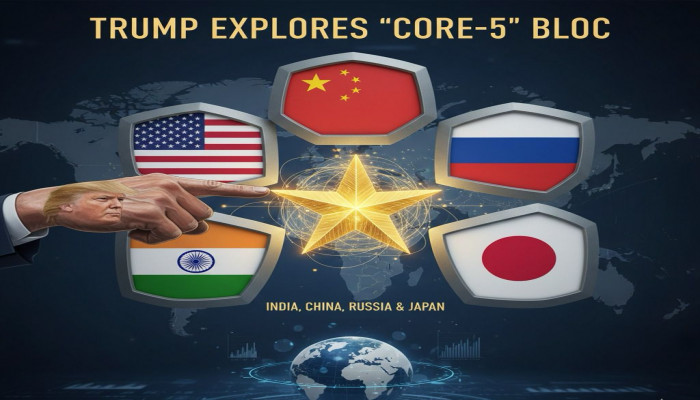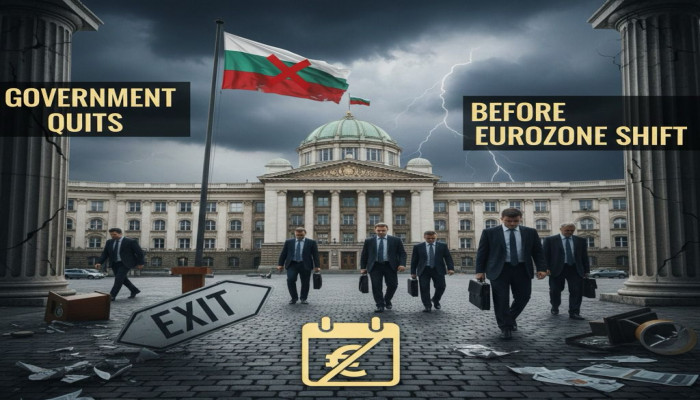- Dec 12, 2025
- Myind Staff
Featured Articles
In a historic move, Canada removes Swastika from anti-hate law, distinguishes it from Nazi symbol
In a landmark move, a key parliamentary committee in Canada has agreed to remove the word “swastika” from a major anti-hate law, clearly distinguishing the sacred religious symbol from the Nazi hate emblem. The decision, made on Thursday, comes as lawmakers reviewed Bill C‑9, a government initiative aimed at strengthening Canada’s laws against hate crimes and the public display of hate symbols. The move follows months of advocacy from Hindu, Jain, and Buddhist communities across Canada, who argued that their sacred Swastika, a symbol representing peace, prosperity, and well-being, should never be associated with the Nazi Hakenkreuz. Bill C‑9 is designed to make it illegal to display symbols with the intent to promote hatred against a group. The original draft of the bill referred to the Nazi Hakenkreuz using the common term “Swastika.” Critics highlighted that this could unintentionally stigmatise a symbol used in religious and cultural practices, affecting millions of Canadians who practice these faiths. To address these concerns, the House of Commons Standing Committee on Justice and Human Rights unanimously voted to amend the bill’s language. The law will now refer specifically to the Nazi Hakenkreuz, ensuring that the sacred Swastika used in Hinduism, Buddhism, and Jainism is recognised as a peaceful and spiritual symbol rather than one of hate. Religious communities across Canada welcomed the decision. Arunesh Giri, president of the Hindu Canadian Foundation (HCF), said in committee testimony, “The mislabelling of the sacred Swastika has now been corrected, but this is not the end. It is a powerful message, and we will continue to educate society about the profound difference between the Swastika, a timeless symbol of peace and well-being.” The victory is the result of months of tireless advocacy by the Hindu Canadian Foundation, allied organisations, community leaders, and citizens. HCF organised petitions, cultural events, and educational sessions to explain the Swastika’s sacred meaning to Canadians. Thousands of individuals wrote letters, contacted their MPs, and signed petitions to highlight the distinction between the swastika and the Nazi Hakenkreuz. More than 100 allied organisations, including Jewish groups such as the Centre for Israel and Jewish Affairs (CIJA) and B’nai Brith Canada, endorsed HCF’s submission to Parliament, showcasing interfaith solidarity in support of justice and cultural respect. HCF President Arunesh Giri personally delivered testimony before the Justice Committee, emphasising, “Banning the symbol would not combat hate but instead perpetuate misunderstanding and marginalisation.” Over 100 organisations, including Hindu, Jain, Buddhist, and Jewish groups, supported the amendment. They emphasised that accurate language in laws matters not only for legal clarity but also for cultural understanding and respect. The Swastika is one of the oldest religious symbols in the world, with origins dating back over 3,000 years in India and other parts of Asia. In Hinduism, Buddhism, and Jainism, it represents good fortune, spiritual well-being, and auspiciousness. During the 20th century, the symbol was misappropriated by the Nazis, who rotated it and called it the Hakenkreuz, using it as an emblem of racial hatred and oppression. This misuse has created confusion in many parts of the world, leading some to incorrectly associate the sacred Swastika with hate. By distinguishing the sacred symbol from the Nazi Hakenkreuz, Canada is acknowledging this important historical difference and respecting the cultural and religious significance of the swastika for millions of people worldwide. Although the committee’s amendment is a major step, Bill C‑9 still needs approval from the full Parliament before becoming law. Lawmakers emphasised that the change does not weaken the bill’s intent to combat hate. Instead, it clarifies the legislation, protecting religious expression while targeting symbols and acts that genuinely incite hatred or violence. The decision has been widely welcomed as a victory for religious communities and a step toward inclusive policymaking. It ensures that individuals practising their faith with the sacred Swastika are not unfairly associated with Nazi ideology, while authorities can still act against genuine hate symbols.- Dec 09, 2025
- Ramaharitha Pusarla



